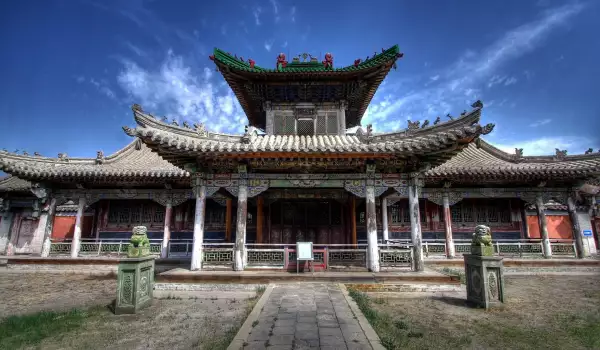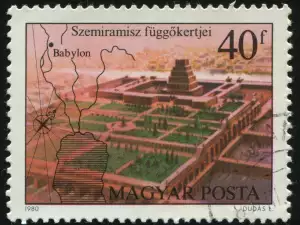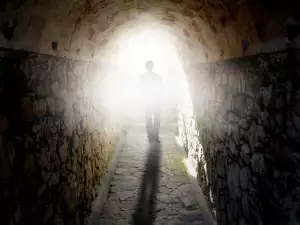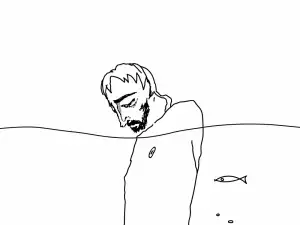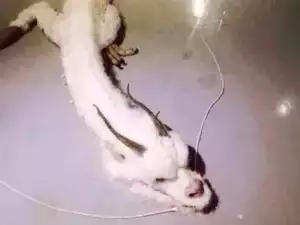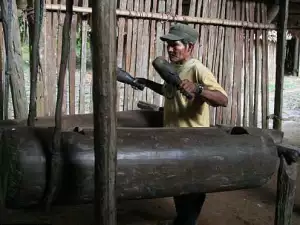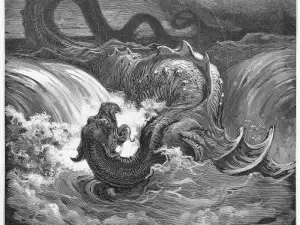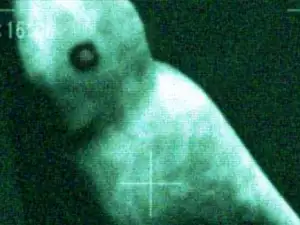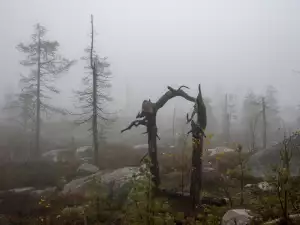Mongolian legends tell of how the Gobi desert was a vast sea centuries ago, with the very progeny of the gods inhabiting its shores. The mythical city was a gathering point for wise men, brave warriors and skilled artisans, it was called Hara Hoto.
The city's ruler was Hara Xian Tsuan, who desired nothing more than to take the throne of the Chinese emperor for himself. However, he lost the battle and the Chinese occupied the city walls. They reached the Encin river and cut off the city's water supply.
According to legend, Hara Xian Tsuan hid away the city's treasures, killed his wife and children, then died in the decisive battle. The Chinese conquered and ultimately destroyed the mythical Hara Hoto.
This legend has fascinated researchers over the years. At the beginning of the 20th century, they began the process of studying the ruins believed to be the remains of Hara Hoto. However, this archaeological study was unlike any other. Russian researchers had to meet a number of requirements in order not to infuriate the guardian spirits.
Women were not allowed to enter the city, nor were working animals. Making fires and eating over the remains was also prohibited. What was left of the wall ruins looked like 2 mausoleums made of sand. Certain parts were well preserved and drawings with paint were visible, as well as pieces of silk, metal and wooden statuettes.
A large stone foundation was also found protruding in the middle of the city, with 20 ceramic figurines arranged on it, each holding a manuscript.
During the expedition they came across other curious findings as well, such as a cuneiform script that differed from any existing at the time.
The papyrus scrolls showed mysterious circles, spirals and lines, intertwining in a complex web. Part of the messages were carved into stones. It's theorized that the stones were a holy place that served as an observatory or sacrificial area.
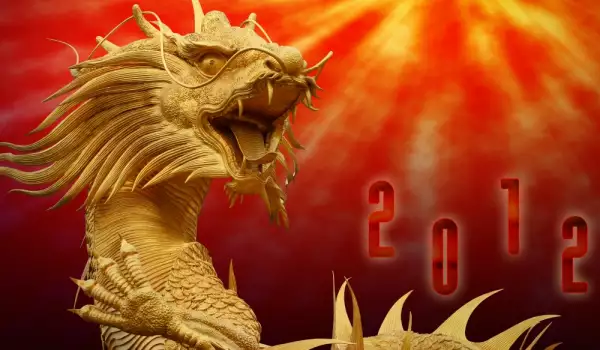
Researchers also uncovered frescos of strange creatures in one of the ruined buildings - a bird with 2 heads, a fish with human heads, dragons, alongside humans as well.
Soon after these discoveries were made, the expedition ended due to a period of earthquakes that began. The Mongolian tribes saw this as a clear sign that it was time for the foreigners to leave the holy city. Only a portion of the found exhibits and manuscripts were taken to the city of St. Petersburg.
Currently, only part of these have been decoded, the enigmatic language has been called "si-sya". The decoded scripts were of various recipes for cooking livestock, while a large portion remain shrouded in mystery.
